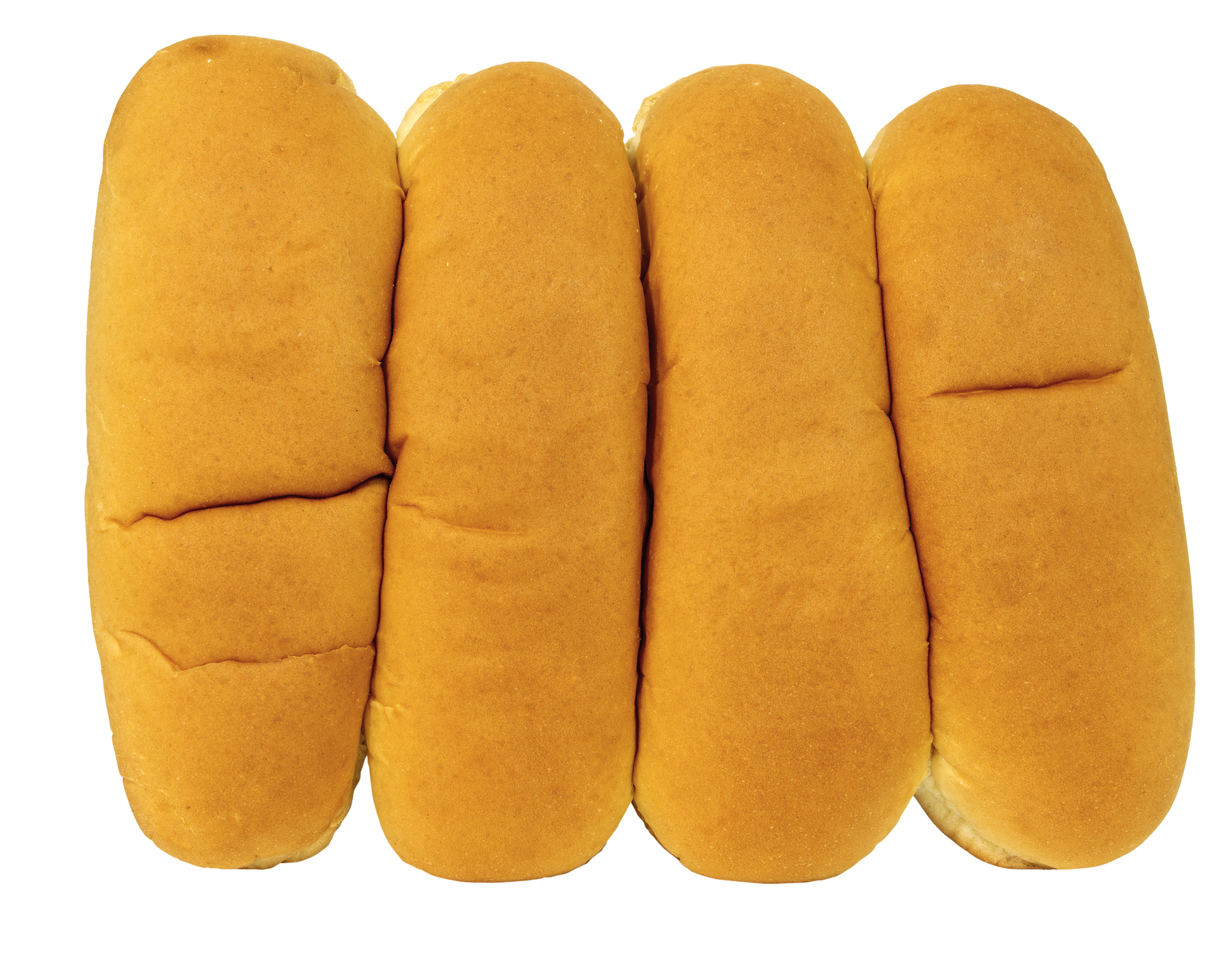Synthetic dyes are in far more foods in the U.S. than hot red candies and electric blue freezer pops. They lurk in a huge variety of foods and beverages—even ones that don’t scream “food coloring.”
A recent study published in the Journal of the Academy of Nutrition and Dietetics shows just how prevalent the dyes are. Using a large database of foods sold in the U.S., researchers analyzed their labels for seven synthetic dyes, almost all of which are derived from petroleum. Currently, nine synthetic dyes are permitted in what we eat and drink. (The FDA banned one, Red Dye No. 3, in Jan. 2025, and is in the process of revoking authorization for two others, Orange B and Citrus Red No. 2; all synthetic dyes are targeted to be phased out of the U.S. food supply.)
[time-brightcove not-tgx=”true”]
In addition to finding these dyes in brightly colored processed foods, the researchers also found them in more muted foods like blueberry bagels, taco shells, carbonated drinks, and hot dog buns. Overall, they were present in about 1 out of every 5 foods and beverages.
“[Finding it in] plain hot dog buns was shocking to me,” says Elizabeth Dunford, who led the study and is an adjunct assistant professor at the University of North Carolina’s Gillings Global School of Public Health and a member of the George Institute for Global Health at the University of New South Wales. “I don’t think these are on the radar of the average consumer.”
Read More: The 9 Most Underrated Healthy Foods
The health risks of consuming synthetic dyes are not entirely clear, but studies in animals show they can damage DNA, contribute to overactivity of the immune system, and cause cancer. There is still not enough data exploring how these dyes can affect people, but researchers are exploring potential links between them and hyperactivity and neurobehavioral issues in children. Dunford says that given their prevalence in the U.S. food and beverage market, “we do need new safety studies.”
In April 2025, U.S. Secretary of Health and Human Services (HHS) Robert F. Kennedy Jr. announced that HHS and the U.S. Food and Drug Administration would begin to phase out all petroleum-based synthetic dyes in the food supply by the end of 2026 and replace them with natural alternatives. The agencies are also revoking approval for two food colorings—Citrus Red No. 2 and Orange B—and plan to approve four new natural colorings for food.
Kennedy said HHS would also work with the National Institutes of Health to conduct deeper studies on how food additives affect children’s development.
Currently, U.S. regulatory bodies categorize synthetic dyes as “safe when they are used in accordance with FDA regulations,” which dictate which types of foods can contain them and in what amounts. But some states have taken stronger steps to warn consumers about their potential health risks.
In 2023, California passed legislation to ban four additives from food sold in the state as well as in school nutrition programs by 2027. In March 2025, West Virginia enacted similar legislation targeting foods provided through school nutrition programs as well as food sold in the state. In June, Texas passed a law requiring warning labels on foods containing any of the more than 40 additives or dyes in foods, starting in 2027.
Read More: Why Am I Sweating More Than I Used To?
The warning labels are similar to those found on some foods in Europe that contain synthetic dyes or additives as a way for consumers to be aware of their exposure, even though the definitive studies on health effects have not yet been conducted. It’s an effective way to alert consumers to potential harms and allow them to make more informed decisions about what they eat, says Dunford. “The fact that there is a potential risk could make consumers take a different approach,” she says.
Food manufacturers are also addressing synthetic dyes. J. M. Smucker Co. committed to removing synthetic food colorings from its products, such as its sugar-free fruit spreads, ice cream toppings and some Hostess products, by 2027. Kraft-Heinz also pledged to stop using synthetic dyes in any new products and to phase them out of existing products by 2027. A spokesperson for the company said Kraft removed artificial colors, flavors, and preservatives from its Mac & Cheese in 2016. General Mills said it would remove these dyes from cereals and foods provided to U.S. schools by summer 2026, and Hershey, ConAgra, PepsiCo, and Mars have also committed to taking synthetic dyes out of their food products.
Such moves should help lift some of the burden off of consumers, who until this point have had to check labels and educate themselves about the presence of dyes in food and beverages. Dunford notes that some companies also sell two versions of the same product—one made with synthetic dyes and one without—so it’s up to the consumer to distinguish between the two. “Consumers shouldn’t have to do that,” she says, which is why warning labels could be a better way to educate people about where synthetic dyes may be hiding.

